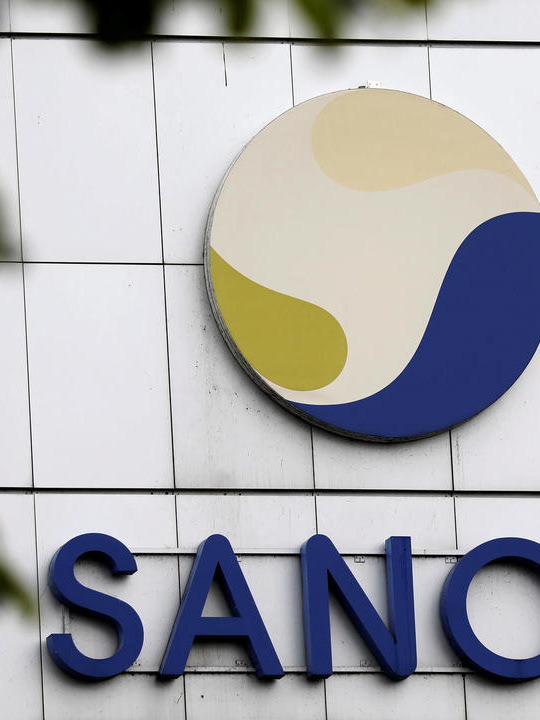I completed this project for my undergraduate thesis in Engineering with Management. I collaborated with a PhD student, who helped me through the process. The purpose of this project was to come up with a concept design for a measuring chamber that would allow for the high-speed imaging of particle impacts. The high-speed camera system will be used for the cold spray system in Trinity College Dublin, where I completed my Bachelor's degree.
I began my research by looking at different manufacturing processes that involve particles impacting a substrate at high speeds. I focused particularly on cold spraying. It is an additive manufacturing process, primarily used for ductile metals. It is mainly used for surface coatings, manufacturing of parts, and to repair damaged components. The process involves accelerating microparticles, in a solid-state, using supersonic gas flow. These microparticles impact the surface of the substrate at high-speeds, causing a build-up through the bonding of particles, to form a coating. Coating deposition relies simply on the kinetic energy of these particles. Thermal spraying is very similar, but that also relies on thermal energy to form coatings.
Other topics investigated in this project included particle velocity measurement, lasers, and high-speed cameras.
A large section of this project involved investigating at an expirement carried out in MIT in 2018, where the first detailed high-speed imaging system was developed to analyse the process of microparticles impacting a substrate. Up until this point, researchers relied solely on post-mortem analysis. Because of this, there were key gaps in the understanding of impact-induced adhesion. But it was only by completing the MIT experiment did they reveal the melting of both the particle and the surface of the substrate that took place at the exact moment of impact. This was a major breakthrough in the study of high-speed microparticle impacts.
In the final part of this project I developed my concept design. In this section I used the knowledge I gained from the research stage to design a measuring chamber that can accurately capture images of high-speed microparticles. The measuring chamber consisted of a laser to illuminate the microparticles, a high-speed camera system to capture data when the micropaticles impact the substrate, a mirror and lens to reflect the laser to the desired shape and direction.
There were certain limitations to consider with this project. Due to the fact that it was simply a concept design I developed, testing was not carried out to see if this concept would work in real life. Theoretically, it should be perfectly operational, however that does not always translate well into the real world. So that is something to consider. Because of this, I would suggest future work to be done to test the details of my thesis project to identify any issues in the design.


